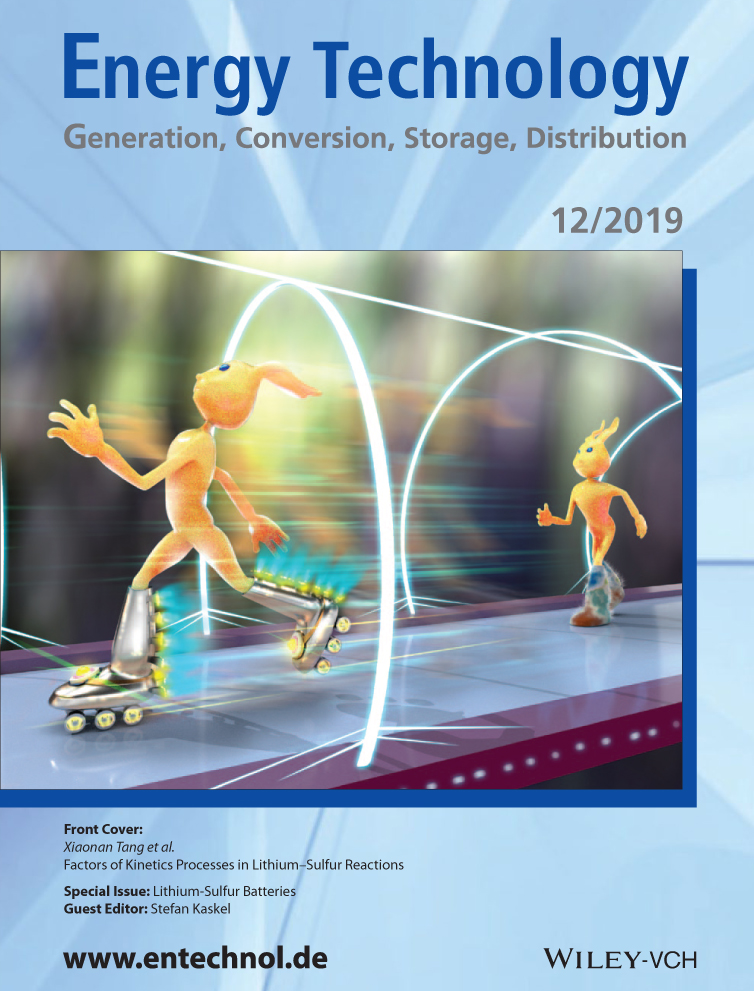Sulfur-Based Composite Electrode with Interconnected Mesoporous Carbon for All-Solid-State Lithium–Sulfur Batteries
Abstract
All-solid-state lithium–sulfur batteries have attracted much attention because of their large capacity and long life. However, their rate capability is not sufficiently high, prompting a great demand for improvement. Herein, a sulfur-based composite electrode is fabricated for the high-rate operation of all-solid-state lithium–sulfur batteries. The electrode is made of a carbon material having a large number of “interconnected mesopores” with a diameter of 5 nm. The highly mesoporous structure is conducive to electrode reactions and the formation of conduction pathways. Consequently, the rate capability of the composite electrode is drastically improved compared with that of an electrode made of conventional conducting nanocarbon. The all-solid-state lithium–sulfur battery with this composite electrode shows a high capacity of 1100 mA h g−1 per sulfur after 400 cycles at a high current density of 1.3 mA cm−2 at 25 °C. These findings are expected to contribute toward the development of practical all-solid-state lithium–sulfur batteries.
Conflict of Interest
The authors declare no conflict of interest.




